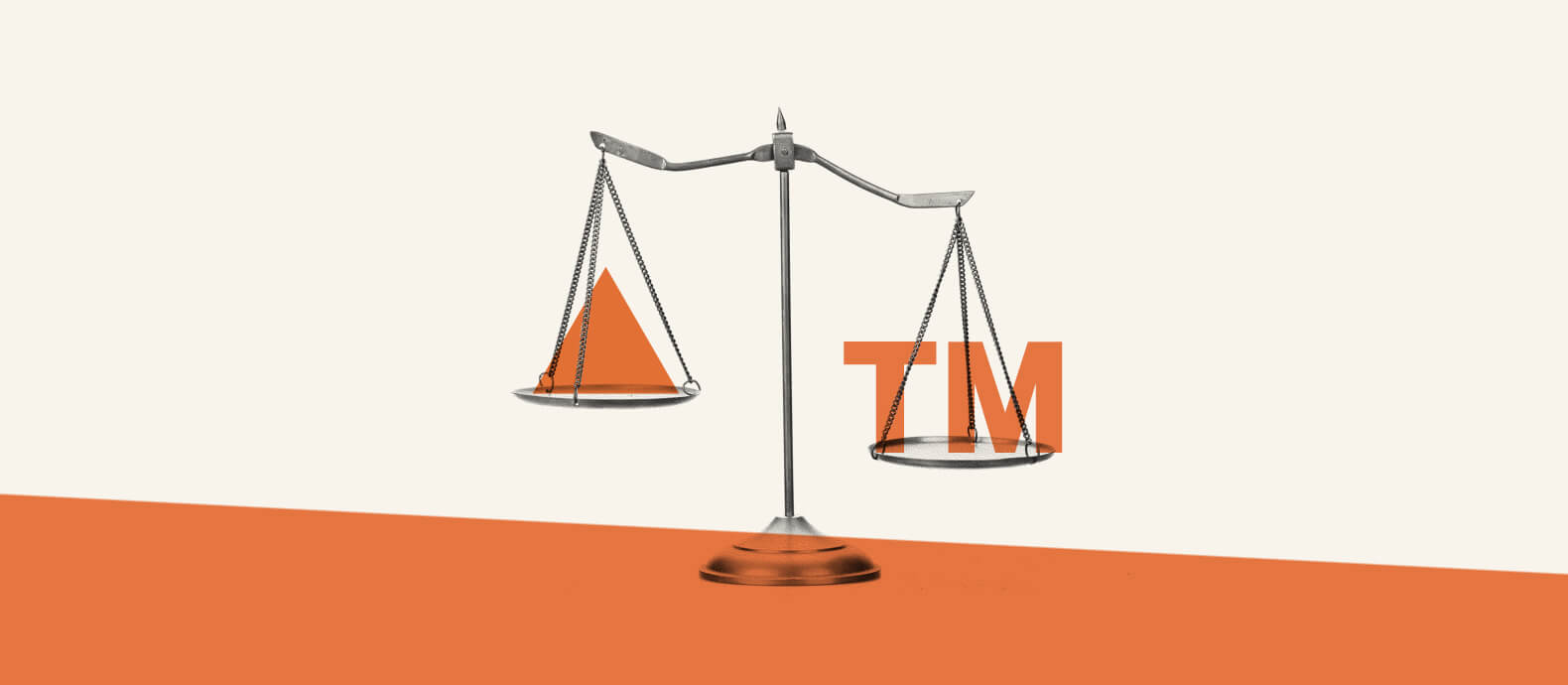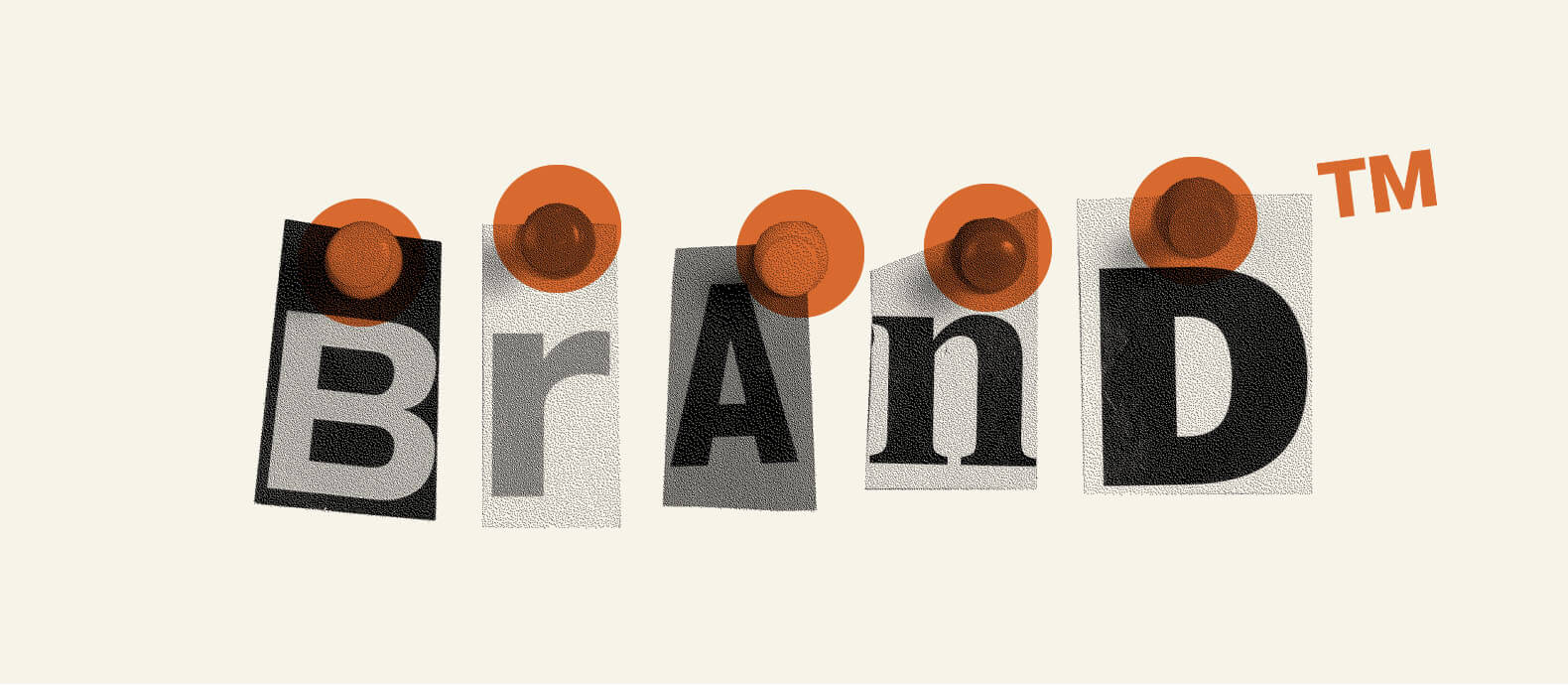It is important to strongly and consistently protect your business’s trademarks because they grant you the legal rights to stop infringers from using your brand and your intellectual property.
Failure to protect your trademarks will lead to revenue loss and the dilution of your brand’s identity. There have been many high profile trademark cases, such as the recent battle between Hermés and Mason Rothschild over the artists NFT versions of Birkin bags called “MetaBirkins”, which demonstrate the value of protecting your brand through trademark litigation.
This blog post will provide you with an overview of trademark litigation and tips to protect your trademarks in the future.
In this blog we will explore:
- What is trademark infringement?
- What is trademark litigation?
- How to prepare your business for trademark litigation
- The trademark litigation process
- The benefits of trademark litigation
- How to use Red Points to build a trademark litigation case that will win
What is trademark infringement?
The World Intellectual Property Organization states that “a trademark is a sign capable of distinguishing the goods or services of one enterprise from those of other enterprises.” A trademark can refer to a symbol, word or phrase.
When you infringe a trademark it means that you have used a trademark without the express authorization of the trademark owner. A common example of trademark infringement is when clothing manufacturers use a more popular brand’s name or label on their generic items in order to pass them off as authentic.
Other examples that lead to litigation include using a mark in a way that dilutes its distinctiveness or using a confusingly similar mark. Trademark confusion, trademark dilution and trademark infringement are serious charges in many legal jurisdictions around the world and can lead to both criminal and civil action.
What is trademark litigation?
Trademark litigation is the legal process of defending your trademarks and pursuing trademark infringers. Any trademark owner can sue those who have infringed their registered trademark. In the United States the principal source of law relating to trademark litigation is the Lanham Act, also known as the Trademark Act of 1946.
Over the years the decisions of courts and tribunals have also helped to develop the law in this area. Every year trademark litigation is commenced around the world by thousands of individuals and businesses looking to protect their trademarks and ensure the progress of their brands. Yet, while it is a common area of litigation, there are still many businesses that aren’t prepared to protect their own trademarks.

Preparing your business for trademark litigation: tips and strategies
Preparation is key when it comes to trademark litigation. Ideally, you want to have all the right processes and strategies in place before you even experience any hint of infringement.
One of the first steps to take is to educate everyone in your business about trademarks. What is a trademark? How can a trademark be infringed and protected? What are the steps you should take if you see a possible trademark infringement? And what are the consequences of inaction? If your employees know the answers to all of these questions they will be in a good position to continually protect your brand and trademarks.
Once you spot a possible infringement during your trademark search the first thing you need to do is start gathering evidence. Keep all visual evidence of the potential infringement. Always document the infringement in as much detail as possible, including data such as the time, location and context of the infringement.
This evidence will be integral to the success or failure of any potential litigation down the line. It will also be important should the infringing party decide to takedown the content. You should also keep records of any communication with the infringing party.
After gathering evidence you need to evaluate your case. Does this fall within the scope of trademark infringement? Does it seem like an innocent mistake or purposeful deception? Have there been other instances of similar infringement? Are they repeat offenders? Is this trademark dilution or trademark infringement? Asking these kinds of questions will help ascertain whether or not you may have a legitimate case.
All of these steps will help you prepare for trademark litigation. Ideally, you will have considered all of these elements before filing a lawsuit. So, what’s the next step?
The trademark litigation process
Trademark litigation differs in various jurisdictions around the world. Even within the United States, trademark litigation is a part of a multi-layered system with causes of action, “arising out of federal statute, state statute and common law… and trademark disputes may be brought in either federal or state courts.”
In general, in the US, the trademark litigation process is as follows:
- The trademark owner will find the potential infringement and evaluate whether it is significant enough to commence legal action.
- Parties may engage in pre-action correspondence. Trademark owners may send a cease and desist letter, demanding the recipient stop engaging in their infringing activity.
- If correspondence is unsuccessful, the trademark owner can file a civil action, usually in federal court, suing for infringement and beginning the litigation process in earnest.
- Various legal compliance steps will then need to be undertaken in relation to costs, case management and evidence. Discovery (a process where both parties will disclose to each other relevant information and documents) is a key part of any pre-trial trademark litigation timeline.
- Trial: the case goes to court. If infringement is proved to the required standard, you may have access to a number of remedies including:
- A court order/injunction that the infringer stop using the trademark
- Monetary relief such as any damages sustained, costs of the legal action and any profits gained from the infringement.
- A court order that forces the infringer to destroy or forfeit the infringing articles
- Alternatively, the court may find that there has been no infringement or that there is a legitimate defense, if so most of the remedies will be unavailable.
Throughout this trademark litigation process there will be a number of guiding legal principles:
- Fair use – a defense in trademark law that means that the defendant is using a mark in a way that will not infringe upon the owner’s rights.
- Secondary meaning – occurs when consumers have begun to identify a non-distinct trademark with a particular product, service or business through its commercial use.
- Likelihood of confusion – the central issue in trademark litigation is often about the likelihood of the defendant’s mark to cause confusion about the origin of the goods and/or service. Are they so similar that they would likely cause consumer confusion?
The benefits of trademark litigation
Before you embark on trademark litigation, it helps to know about some of the key benefits that can be derived from successfully pursuing trademark infringers. These include:
- Protection
Successful trademark litigation is one of the most reliable and robust ways to protect your business assets such as names, logos, words and other phrases. By pursuing infringers via litigation you will also set a precedent that will often deter other bad actors from attempting to leech off your brand.
- Damages
Successful trademark litigation can also result in considerable damages to the winning party. Damages, being an award of money made to compensate a wronged party, will allow you to recover lost revenue and inflict a financial penalty on the infringer. This will also help you deter further infringement. However, you should also know that you may also have to bear the legal costs of litigation, which may prove substantial if you end proceedings as the losing party.
- Injunctive relief
One of the most important remedies in trademark litigation is injunctive relief – a court order that will prevent the potential infringement from beginning or continuing. This will have the immediate beneficial effect of stopping the infringement, helping you to maintain the integrity of your brand’s trademarks and retain revenue.
As with any legal process, it is important to evaluate whether trademark litigation is the right choice for you. Consider the time and money it will take to get the remedy you desire. Consider the strength of your case. Today, most legal advisors and judges will also recommend that you engage in some alternative dispute resolution options (e.g. mediation, negotiation or arbitration) before taking the case to court which can lead to reduced costs, quicker results and more amicable settlements.
How to use Red Points to build a trademark litigation case that will win
If you are looking to build a trademark litigation case that will win, Red Points is here to help. Red Points’ Revenue Recovery program will allow you to identify foreign counterfeiters shipping into the US, collect evidence and undertake legal action with our team of legal experts to freeze and recover funds from them. With no upfront payment or extra costs for you: all work is done on a contingency basis.
There are three simple steps to our Revenue Recovery program:
- Target infringers
We crawl the web identifying potential trademark infringements.
- Build a case
We will collect all the data and evidence you will need if you decide to commence any legal action against the infringers. This will allow you to build a strong case from the beginning and keep detailed records of their activities.
- Get compensated
Our partners will then undertake legal action on your behalf, pursuing these trademark infringers, taking down stolen content and recovering funds from them.
If you are interested in trademark monitoring, building a robust trademark litigation case and recovering revenue lost to trademark infringers. Apply here to see if you qualify.
What’s Next
It is vitally important to protect your business’s trademarks and take action as soon as possible against any infringers. The online world is full of counterfeiters who spend their time stealing from legitimate brands. Now you know more about trademark infringement and trademark prosecution, it is time to take action.







